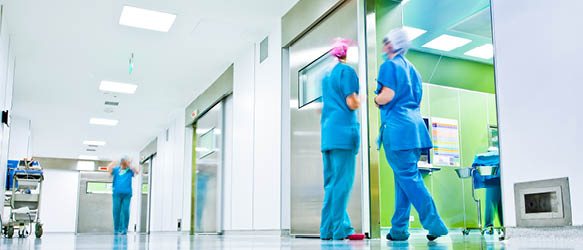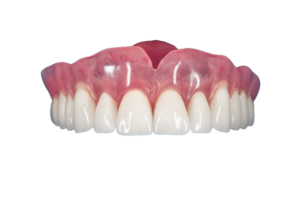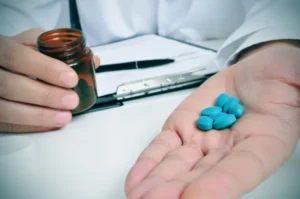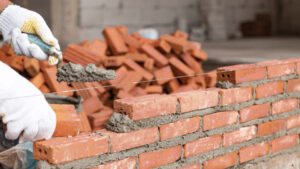Understanding the Role of a Mammologist: Why Breast Health Matters

When it comes to breast health, early detection and expert care are vital. This is where a mammologist steps in—a specialized doctor focused on diagnosing and treating breast-related conditions. Whether you’re going in for a routine screening or seeking advice on unusual symptoms, knowing when and why to see a mammologist can make all the difference.
In this post, we’ll explain what a mammologist does, the common reasons people visit one, and what to expect during your appointment.
What is a Mammologist?
A mammologist is a medical specialist who focuses on breast health, including the diagnosis, treatment, and prevention of breast diseases. While many associate mammologists with breast cancer care, their expertise extends to all breast-related concerns—benign or malignant.
Common responsibilities include:
- Conducting clinical breast exams
- Analyzing mammograms, ultrasounds, or MRIs
- Diagnosing lumps, cysts, or pain
- Recommending biopsies or further tests
- Creating treatment plans for breast diseases
When Should You See a Mammologist?
It’s important to see a mammologist if you experience any changes in your breasts, even if you’re unsure whether it’s serious. Here’s when to consider booking an appointment:
1. You Found a Lump
While many breast lumps are benign, any new or unusual lump should be evaluated by a specialist.
2. Persistent Pain or Swelling
Breast pain that doesn’t go away or swelling in one area could be a sign of an underlying issue.
3. Nipple Discharge or Inversion
Unexpected discharge (especially bloody or clear) or a change in nipple shape can signal a condition that needs medical attention.
4. Skin Changes
Redness, dimpling (like orange peel), or flaking around the nipple or breast can be signs of infection or cancer.
5. Family History of Breast Cancer
If breast cancer runs in your family, especially in first-degree relatives, regular checkups with a mammologist are highly recommended.
What to Expect During a Mammologist Visit
Knowing what happens during an appointment can ease your anxiety. Here’s a breakdown:
Initial Consultation
Your mammologist will review your medical history, ask about symptoms, and perform a physical breast exam.
Diagnostic Tests
Depending on the findings, they may order tests such as:
- Mammogram – A low-dose X-ray of the breast.
- Ultrasound – Useful for evaluating dense breast tissue or cysts.
- MRI – Used in higher-risk patients or complex cases.
- Biopsy – Removal of a small tissue sample if something suspicious is found.
Follow-Up
Once the tests are completed, your mammologist will explain the results and outline next steps, whether it’s observation, further testing, or treatment.
The Importance of Regular Breast Screenings
Early detection saves lives. Regular screenings, especially mammograms after age 40, are crucial for spotting breast cancer in its early stages when treatment is most effective.
Screening Guidelines (General):
- Ages 40-49: Talk with your doctor about when to begin.
- Ages 50-74: Mammograms every 1-2 years.
- High-risk patients: May start earlier or have more frequent screenings.
Tips for Keeping Your Breasts Healthy
Taking proactive steps can go a long way in maintaining breast health:
- Perform monthly self-exams
- Maintain a healthy weight
- Limit alcohol consumption
- Stay active
- Know your family medical history
Conclusion: Don’t Delay, Take Action
A mammologist plays a key role in maintaining and restoring breast health. Whether you’re experiencing symptoms, need a second opinion, or simply want peace of mind,





